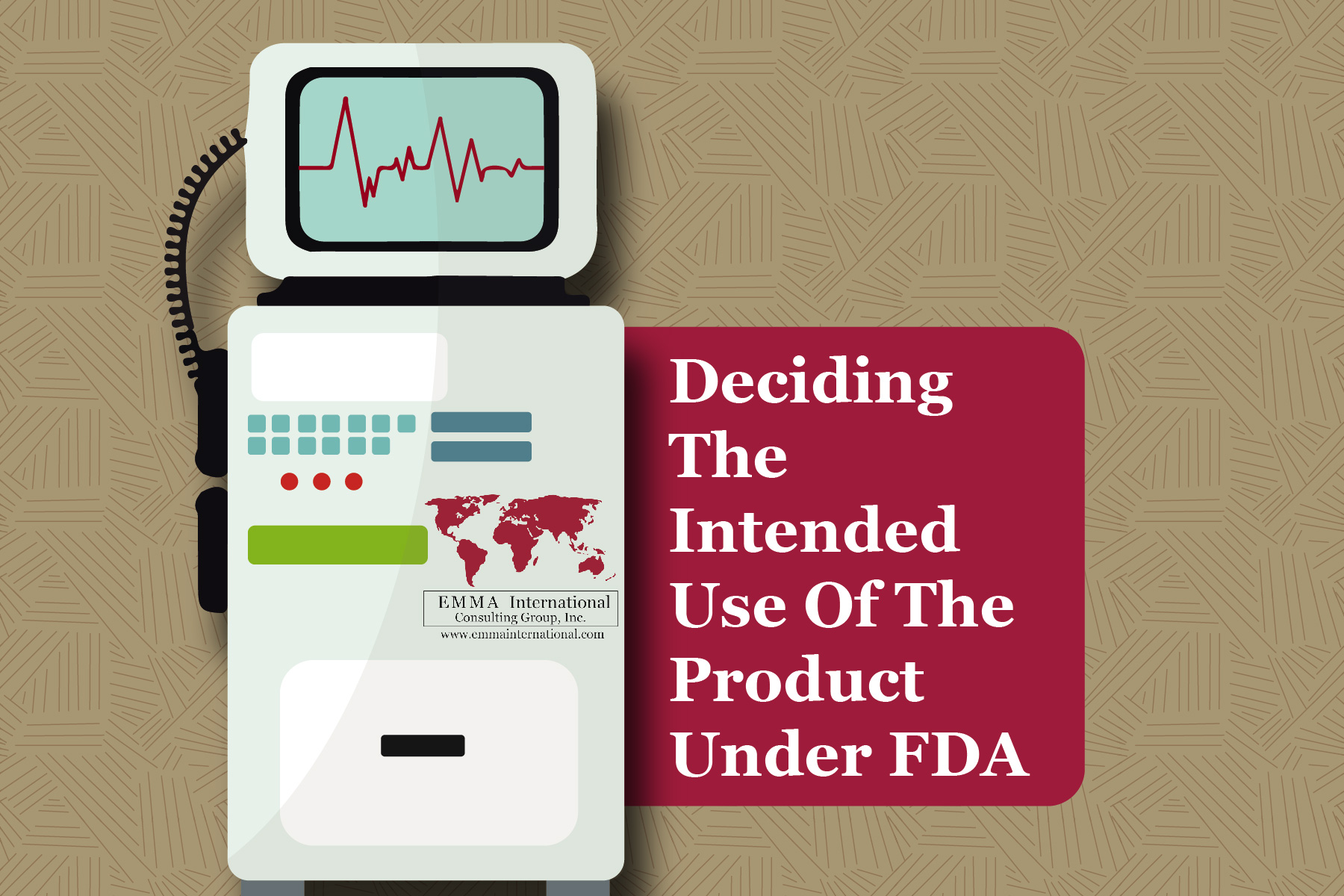FDA recently released a proposed rule that amends its existing regulations around establishing the intended use of a product and the evidence required for it. This proposed rule reopens the final rule that was issued on January 9th,2017 but which never went into effect since the effective date was delayed due to the questions and concerns raised by the industry.1
This proposed rule amends the intended use regulations for drugs and medical devices to better reflect the agency’s current practices. One of the biggest concerns of the industry is the interpretation of the rule under 21CFR 201.128 and 21CFR801.4, that when the manufacturers become aware of off label use of the product, which is an unapproved use of an approved product, it triggers the manufacturer to update the labeling and renders the approved product unlawful and misbranded and requires an application.1
In the proposed rule, FDA intends to clarify that the manufacturer’s mere knowledge that a health care practitioner prescribing an approved product for an unapproved use would not trigger any obligations from the manufacturing firm as long as the manufacturing firm does not intend to market the product for that unapproved use.1
Medical products (drugs and medical devices) are widely used for off label uses, sometimes to the manufacturer’s knowledge and sometimes not. Off-label use of drugs represents approximately 50-75% of pediatric medication use and off-label use of medicinal products for rare diseases is estimated to be up to 90%.2
FDA’s position in evaluating the intended use using relevant sources of evidence remains unchanged. The new rule recommends that the evidence of intended use may include, but is not limited to: the product’s labeling, promotional claims, and advertising.1
Need help in determining the intended use of your product? Call us today at +1 248-987-4497 or email us at info@emmainternational.com.
1FDA (Sept 2020) Regulations Regarding “Intended Uses” retrieved on 10/11/2020 from https://www.federalregister.gov/documents/2020/09/23/2020-20437/regulations-regarding-intended-uses
2Emergo (Sept 2020) An assessment of the proposed rule to change US FDA’s interpretation of Intended Use retrieved on 10/11/2020 from https://www.emergobyul.com/blog/2020/09/assessment-proposed-rule-change-us-fdas-interpretation-intended-use






